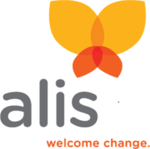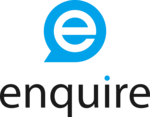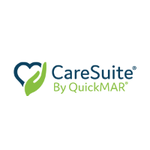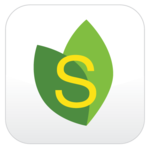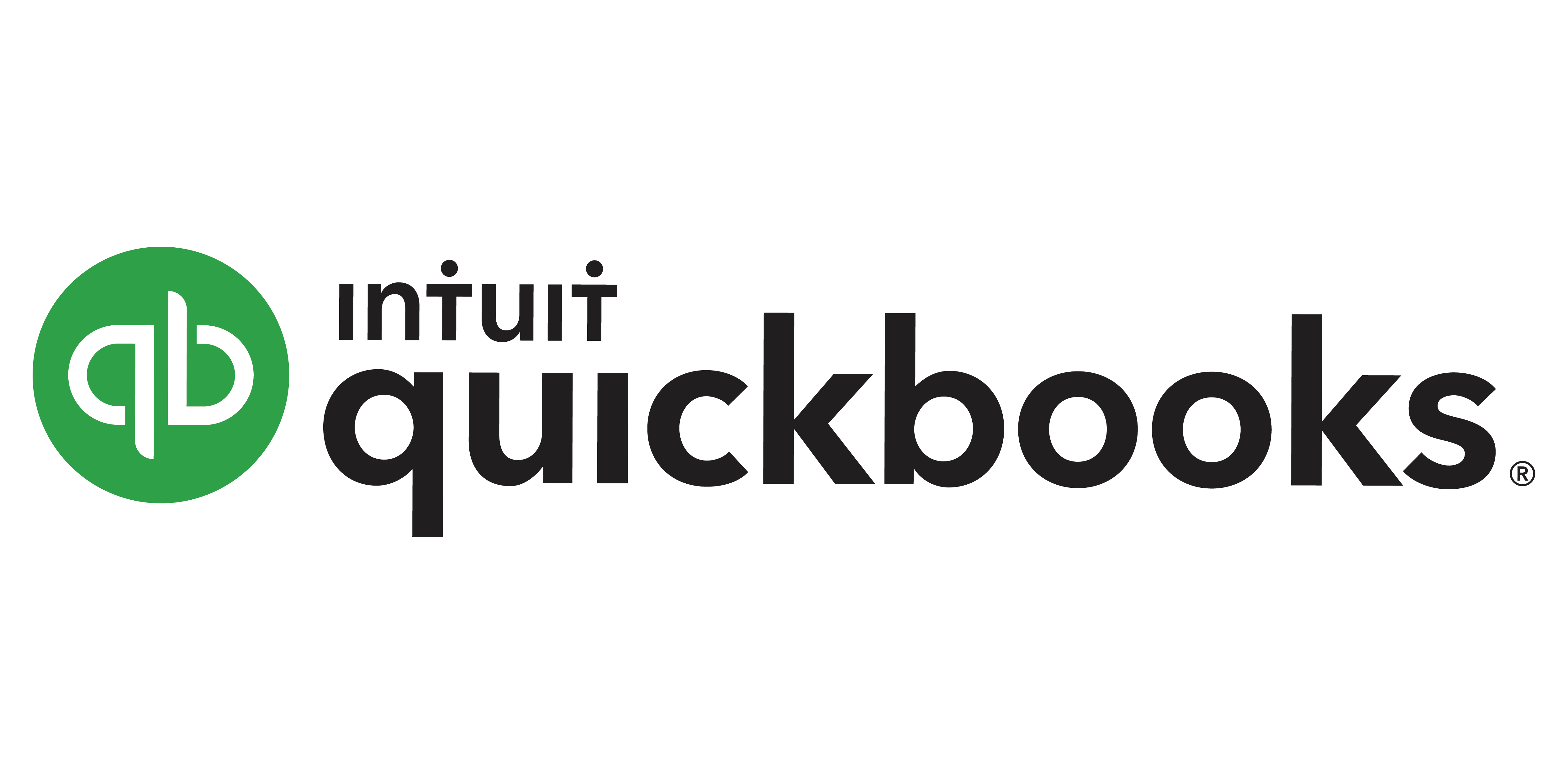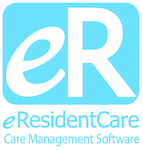What Is Assisted Living Software?
Assisted living software is a comprehensive solution for simplifying and improving the management of assisted living communities and senior care institutions. It has a variety of features and services that help with duties like resident care, staff administration, billing and invoicing, and general facility operations. One of the primary benefits of assisted living software is its ability to centralize and automate critical procedures, decreasing staff workload and enhancing efficiency.
This can include building and updating resident profiles, keeping track of medication schedules, and documenting appointments and care plans. The software also includes real-time communication and collaboration tools, which enable employees to effortlessly connect with one another and manage assignments and schedules. This can significantly improve the coordination and delivery of care for residents, ensuring that their requirements are handled quickly and effectively.
Furthermore, assisted living software frequently incorporates financial management features, which enable precise and timely billing and invoicing. This can greatly reduce the administrative burden of running an assisted living home while also improving the business's financial stability. Other capabilities that may be included in assisted living software include occupancy management, maintenance and housekeeping scheduling, and reporting and analytics.
Using these tools, assisted living facilities can operate more efficiently and give greater care to their residents. When choosing assisted living software for your facility, seek for a user-friendly platform with customizable features to meet your individual requirements. Additionally, confirm that the software fulfills senior care facility compliance and regulatory criteria to protect your residents' safety and well-being.
Investing in assisted living software can benefit both staff and residents by increasing care quality and streamlining operations. Before making a decision, conduct thorough research and comparisons to determine which option is ideal for your facility.
What Are The Recent Trends In Assisted Living Software?
The assisted living market has grown significantly in recent years, resulting in increased demand for efficient and comprehensive software solutions. As technology advances, assisted living software adapts to the changing demands of residents, families, and providers. So, what are the current trends in assisted living software?
1. Cloud-based Solutions: One of the most significant changes in assisted living software is the transition to cloud-based systems.These solutions enable remote access to resident data, improved communication, and greater efficiency in daily operations. They also provide scalability, which makes it easier to react to a developing firm.
2. Mobile Applications: As older individuals increasingly use smartphones, mobile applications have become an integral component of assisted living software. These apps give residents access to their schedules, food, and social events, enhancing their overall experience and encouraging independence.
3. Internet of Things (IoT) integration: Integrating IoT into assisted living software enables resident health and safety monitoring. From fall detection sensors to smart medication dispensers, these innovations increase care quality while also providing families with peace of mind.
4. Artificial Intelligence (AI) And Machine Learning (ML): AI and ML are being integrated into assisted living software, improving its capabilities. AI software can examine resident data to find patterns and make individualized treatment recommendations. ML, on the other hand, can help to automate mundane tasks, saving up time for caregivers.
5. Electronic Health Records (EHRs): The healthcare industry has adopted EHR systems, and assisted living software is following suit. These digital records provide secure and quick access to resident information, enhancing communication and coordination across care providers.
Benefits of Using Assisted Living Software
Assisted living software is an effective tool for streamlining and improving the operations of an assisted care institution. With the rising need for high-quality senior care, assisted living software has grown in popularity. In this buyer's guide, we'll look at the advantages of utilizing assisted living software and how it may improve your facility's productivity and overall resident care.
1. Centralised Resident Information: One of the primary advantages of employing assisted living software is the centralization of resident data. Paper files and dispersed data are a thing of the past. The program helps you to save all resident data in one location, making it conveniently accessible to caregivers and staff. This not only saves time, but also decreases the likelihood of errors and ensures that information is consistent across departments.
2. Improved care coordination: Assisted living software enables smooth communication and collaboration among staff, caregivers, and residents. This results in more efficient and effective resident care. Caregivers may rapidly update resident information, track medication schedules, and report any changes or concerns to other team members. This ultimately results in better health outcomes and a higher quality of life for people.
3. Automated billing and documentation: Manual billing and paperwork are time-consuming and error-prone. Assisted living software automates these operations, easing the administrative burden on staff personnel. The software can generate accurate bills, manage payments, and create accounting reports. Furthermore, the program allows for the easy recording and access of paperwork such as resident assessments, care plans, and progress notes, assuring regulatory compliance and easing the auditing process.
4. Improved Resident Safety: Any assisted living facility should prioritize its inhabitants' safety and well-being. Assisted living software can help by including features like fall detection, emergency call buttons, and prescription monitoring. These instruments can assist prevent accidents and provide prompt responses in the event of an emergency. The program also enables real-time monitoring of resident care, providing caregivers and staff with peace of mind while ensuring high-quality care.
5. Cost-Effective Solution: Investing in assisted living software may appear to be a large cost at first, but it can actually save you money in the long run. By automating tasks and increasing efficiency, the program lowers labor expenses and potential billing problems. It also ensures prompt refunds and avoids the possibility of penalties owing to compliance difficulties. Furthermore, the software's analytics and reporting capabilities can help uncover cost-cutting opportunities and improve budget management.
Important Factors To Consider While Purchasing Assisted Living Software?
When it comes to choosing assisted living software, numerous elements must be carefully addressed. These characteristics can have a considerable impact on the effectiveness and efficiency of your operations, and thus the level of care you can provide to your residents. Here are some crucial criteria that every buyer should consider while considering assisted living software:
1. simplicity of Use: The first and most significant consideration is the software's simplicity of use. As an assisted care facility manager or staff member, you require software that is user-friendly and intuitive, with a simple user interface that allows you to quickly explore and access the necessary features. This is critical for reducing training and onboarding time while guaranteeing seamless and efficient workflows.
2. Comprehensive Functions: Assisted living software should include a wide range of functions that address all elements of facility management. This may include resident intake and assessment, care planning, medication administration, scheduling, billing and invoicing, and reporting. Pay close attention to the capabilities provided by various software suppliers and ensure that they meet the specific demands and goals of your facility.
3. Customization And Scalability: Each assisted living facility has distinct requirements and operations. A decent program should include customization choices that allow you to adjust it to your facility's specific requirements. Additionally, examine the software's scalability. Will it be able to develop and adapt as your facility expands in the future?
4. Platform And Compatibility: Assisted living software can be cloud-based or installed on your systems. When making a selection, think about which sort of platform would best meet your facility's requirements. Additionally, check the software's compatibility with your existing systems and devices to ensure a smooth and effective integration.
5. Data Security And Compliance: Assisted living facilities handle sensitive resident and financial information, therefore data security and compliance are crucial. Check that the software you chose has strong data encryption, secure servers, and complies with applicable requirements such as HIPAA and GDPR.
6. Customer Support And Training: The software provider's customer support and training services can greatly influence your software experience. Investigate the amount of customer service provided, including availability and responsiveness. Also, inquire about the training alternatives and resources available, as well as any additional expenses associated with them.
7. Cost And Return On Investment (ROI): Finally, assess the software's cost and possible ROI. While it may be tempting to choose a lower-cost solution, keep in mind that the quality and performance of the software can have a significant long-term impact on your facility's overall efficiency and profitability. By carefully evaluating these critical elements, you can make an informed decision and choose assisted living software that is tailored to your facility's specific needs and goals. This will improve not only your day-to-day operations, but also your residents' overall care and experience.
What Are The Key Features To Look For In Assisted Living Software?
Assisted living software is an essential tool for managing and streamlining the daily operations of assisted living facilities. As a buyer, it is crucial to know the key features to look for in assisted living software to ensure you choose the right one for your facility's needs.
Here are the five key features to consider when evaluating assisted living software:
1. Comprehensive Resident Management: The software should have a robust resident management system that allows you to store and access information about residents, including their medical history, medication schedule, dietary restrictions, and any care plans. It should also offer features such as resident check-in and check-out, billing and invoicing, and real-time bed availability status.
2. Care Coordination: The software should have tools for efficient care coordination, such as task assignment and reminders, electronic charting, and communication tools for staff and families. This feature promotes effective collaboration between caregivers and improves the quality of care provided to residents.
3. Medication Management: A crucial aspect of assisted living is proper medication management. Look for software that has features to track and manage medications, such as medication administration records (MARs), alerts for missed doses, and medication inventory management.
4. Integration And Compatibility: It is essential to choose a software that integrates with other systems used in your facility, such as electronic health records or accounting software. This ensures seamless data transfer and reduces the risk of errors. Also, consider the compatibility of the software with various devices such as tablets and smartphones used by caregivers.
5. Reporting And Analytics: A good assisted living software should provide robust reporting and analytics capabilities. It should offer customizable reports to track key metrics like occupancy rates, resident satisfaction, and staff productivity. This data can help you identify areas for improvement and make informed decisions about the facility's operations. In addition to these key features, it is crucial to consider the software's user-friendliness, customer support, and pricing when making your decision. By keeping these features in mind, you can select an assisted living software that meets your facility's unique needs and helps you provide the best possible care to your residents.
Why Do Businesses Need Assisted Living Software?
Assisted living facilities are an important aspect of the healthcare business, offering care and support to the elderly and disabled who need help with daily chores. With the growing need for senior care services, the number of assisted living facilities has risen dramatically in recent years. As a result, running a business in this area has grown increasingly complex and difficult.
Implementing assisted living software is one way for helping to streamline processes and enhance overall efficiency at an assisted care facility. This customized software is tailored to the specific demands of assisted living facilities, offering a comprehensive and integrated solution for managing all elements of the business. One of the key reasons organizations require assisted living software is to improve productivity.
The software automates several manual operations, including as scheduling, invoicing, and managing resident records, saving time and effort. This allows staff to focus on providing quality care to residents, resulting in higher satisfaction and better outcomes. Assisted living software also helps facilities keep accurate and up-to-date resident records.
This includes medical information, care plans, and dietary requirements, ensuring that all employees have access to critical information at all times. This can considerably improve care coordination and help avoid errors or delays in providing residents with the assistance they need. Furthermore, assisted living software can help with compliance and regulatory issues.
The software often includes features like electronic signatures, prescription administration, and event reporting, which can help facilities comply with state and federal requirements. Furthermore, assisted living software provides administrators with real-time data and analytics to help them make informed business decisions.
This data can assist spot patterns, analyze occupancy rates, monitor expenses, and make required changes to improve the facility's financial health. Finally, assisted living software can enhance the overall experience for residents and relatives. The program can give online portals and communication capabilities to let families keep in touch with their loved ones and get information on their care.This can improve transparency and foster confidence between the facility and its residents' family.
How Much Time Is Required To Implement Assisted Living Software?
The time required to implement assisted living software varies depending on several factors, including the size of the facility, the type of software selected, and the level of customization necessary. The implementation procedure can last anything from a few weeks to many months. Planning is often the initial step in the execution process.
This includes analyzing the assisted care facility's specific needs and goals, as well as establishing which software capabilities and functionalities are required to achieve those demands. This stage might last anywhere from a few days to a few weeks, depending on the intricacy of the facility's activities. Once the planning stage is complete, the software must be deployed and configured. This can take many days or weeks, depending on the size of the facility and the software's complexity. During this step, data migration from any existing systems may occur.
Following installation and configuration, the software must be tested to confirm that all features and functionalities are working properly. This can take anywhere from a few days to a number of weeks, depending on how comprehensive the testing is. Before fully implementing the program, comprehensive testing is required to discover and address any faults. The final stage of implementation is the training phase.
This includes teaching all employees on how to utilize the software efficiently. The length of the training process varies according to the number of employees and their expertise with similar software.
What Is The Level of Customization Available In Assisted Living Software?
Assisted living software is a valuable tool for senior care institutions because it simplifies administrative duties, increases communication, and improves resident care. As a buyer, you must understand the level of customization possible in these software systems to ensure that they match your facility's specific requirements. The level of customisation available in assisted living software varies according to the supplier and product options. Some software may only allow for modest alterations, such as adding your facility's logo or changing the font color. Other software, on the other hand, may provide more customization options, allowing you to personalize the software to your specific workflows and processes.
When determining the level of customization required for your facility, there are a few key aspects to consider:
1. Resident Care: One of the key objectives of assisted living software is to enhance resident care. As a result, it is critical to select software that allows you to customize care plans and assessments to meet the unique needs and standards of your facility.
2. Staff Efficiency: Customization can increase staff efficiency by allowing you to create workflows and reminders that are consistent with your facility's processes. This functionality can save time and lower the likelihood of errors.
3. Financial Administration: Assisted living software sometimes includes functions like billing and payment administration. Ensure that the program enables for the customization of invoice templates and payment schedules to help meet your facility's specific financial needs.
4. Reporting: Customization of reports is critical for data-driven decision-making in assisted living facilities. Make sure the program allows you to customize reports and analytics to match your facility's specific reporting requirements. There are also particular customization choices available for various types of assisted living institutions, such as memory care or skilled nursing. It is necessary to properly investigate the customization options available for each software and decide which features are most important for your institution.
Which Industries Can Benefit The Most From Assisted Living Software?
Assisted living software is a sort of technology that is intended to help senior care institutions and assisted living communities enhance their day-to-day operations and provide better care to their residents. While there are various advantages to employing this software, some industries will profit more than others from its deployment.
The healthcare business can gain immensely from assisted living software. The software can help healthcare practitioners, residents, and relatives communicate and share information more effectively, resulting in better care coordination and health outcomes. It also enables more effective management of drugs, treatment plans, and medical records, lowering the possibility of errors and ensuring that residents receive timely and appropriate care. The senior care industry can also profit significantly from assisted living software.
Many assisted living facilities confront difficulties in managing resident information, scheduling daily duties, and delivering individualized care. This program streamlines these processes, allowing staff to better track resident requirements, arrange appointments, and track service delivery. Furthermore, the program can assist residents with duties such as meal planning and transportation, enhancing their overall quality of life.
In the business world, assisted living software can provide several advantages to both the facility and its inhabitants. For example, the software can assist with invoicing and financial management, minimizing administrative effort while ensuring correct and timely payments. It also allows institutions to optimize their workflows, enhance production, and cut expenses, resulting in increased profitability.
Furthermore, by providing better care and services, assisted living facilities can attract more residents and therefore improve revenue. Finally, governments and regulatory bodies can profit from assisted living software. These agencies are in charge of ensuring that assisted living facilities provide quality care and adhere to rules. The software can assist with tracking facility compliance, resident information, and reporting, streamlining the regulatory process and ensuring that facilities fulfill the required criteria.
Conclusion
After conducting extensive study and analysis of the numerous solutions available on the market, it is evident that investing in assisted living software may benefit both residents and staff. This type of software has a variety of features and functionalities that can help to expedite operations, improve communication, and provide residents with a more personalized experience. Based on our findings, we recommend that you thoroughly consider your individual objectives and requirements before selecting a software solution.
Some important considerations to consider include the size of your institution, budget, and desired amenities. It is also critical to select a reputed and dependable software vendor that provides outstanding customer service and timely upgrades. Furthermore, testing or demoing the product before making a purchase can provide significant information and help you make an informed decision. Remember to include all stakeholders, from staff to residents and their families, in the decision-making process to ensure that the chosen software fulfills everyone's needs.
Overall, investing in assisted living software can significantly increase the efficiency and efficacy of administering a senior living facility. With the appropriate tools in place, you can improve the quality of care and offer a more enjoyable experience for residents, ultimately distinguishing your facility from the competition. We hope this buyer's guide was useful in your search for the best assisted living software.




